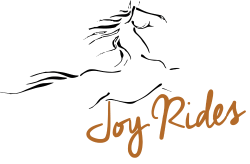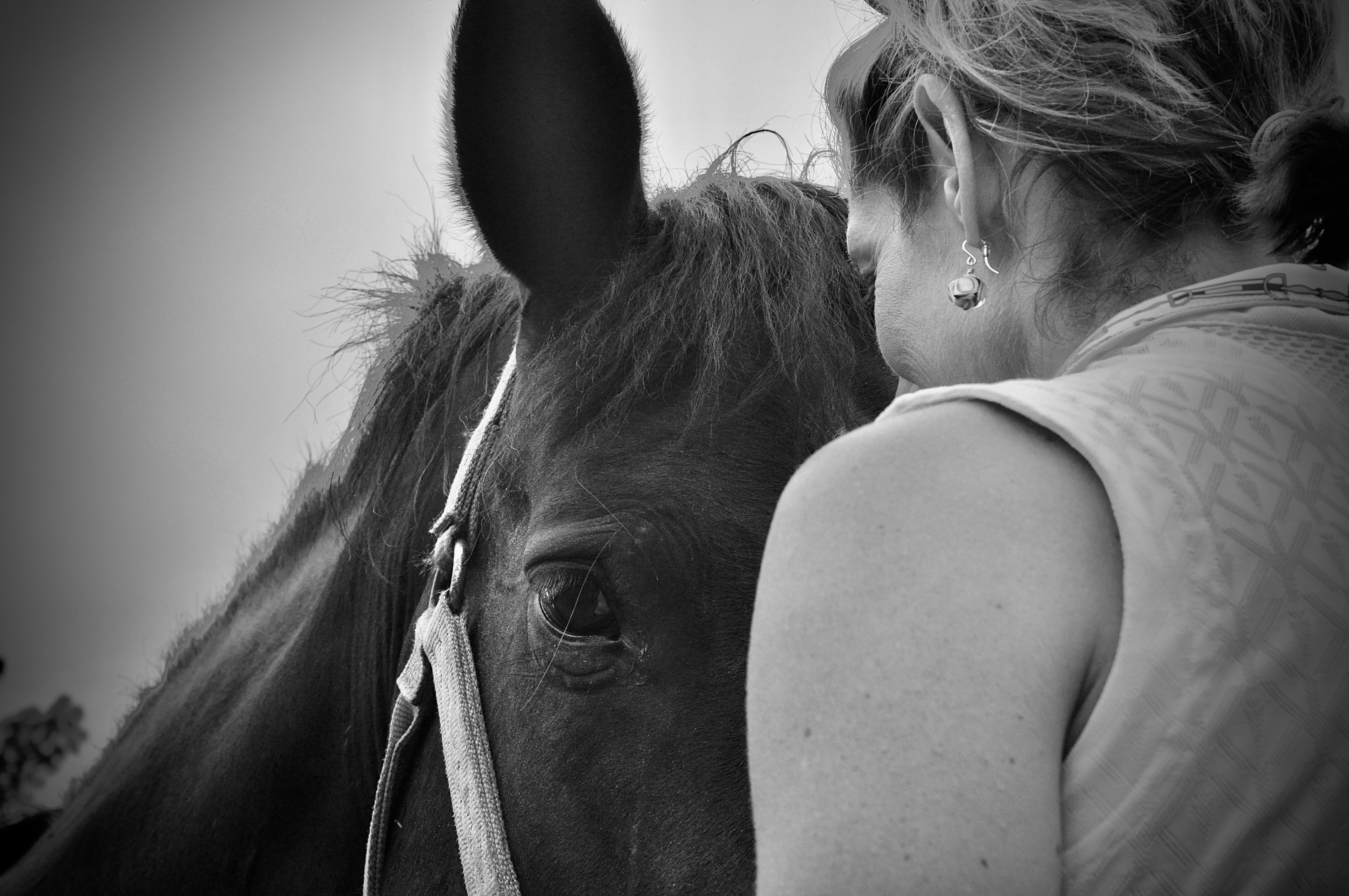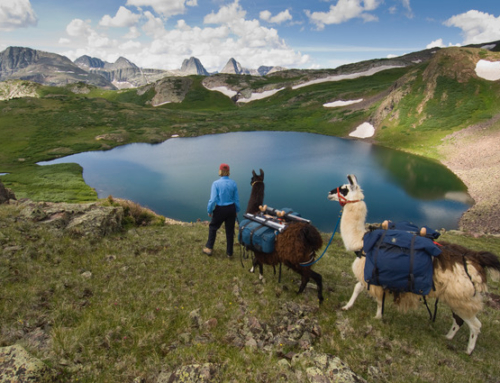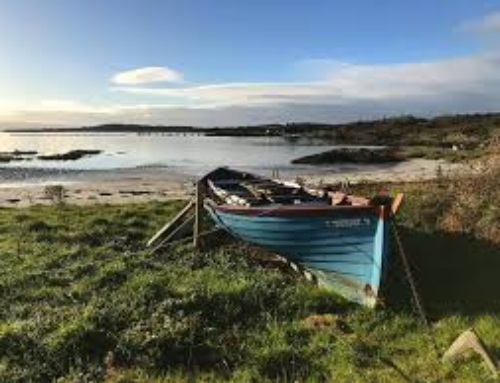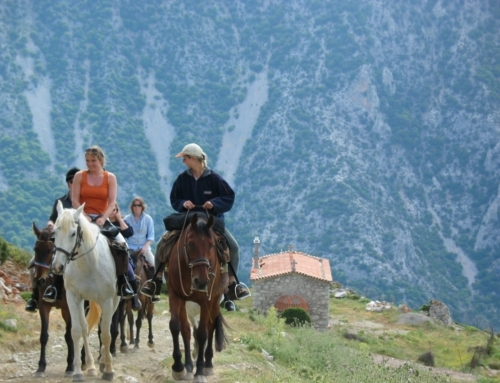When people come out to the barn, I often hear the words, “I know I shouldn’t be afraid”, or “I know your horses are safe, I don’t know why I’m so nervous”, or “I don’t want to let the horse know I’m scared”. These statements are really common and fascinating to me on so many levels.
We, as humans, are the only species that actively try to override the signals that our bodies are sending us. As our blood is pumping and our palms are sweaty and our hearts are racing, we say that there is nothing wrong, and then we work SO HARD to convince ourselves that it’s true. When we are genuinely anxious or fearful, there is no reasoning in the world that’s going to help us calm down.
Because fear (flight, fight, freeze) is a good thing. It is necessary. It has kept us safe and has helped us survive as a species. (Horses are big, powerful animals of prey and it is wise to have a bit of trepidation, or shall we say, ” a healthy respect”, when around them).

But the problems arise when our fear and hyper-vigilance response overreacts and gives us constant signals of danger in completely harmless situations. It’s the feeling of the “what ifs” and the low level of stress and anxiety that many of us carry around on a continuous basis. And we all know that this feeling sucks.
The reason why I’m sharing this is because I’ve been reading some recent research that is super exciting and sheds some light on how to move past the unnecessary fear and dread. It’s all about our brains, particularly the cortex and the amygdala, and how we have wired our brains to be anxious and how we can rewire them to be not.
There is a simple explanation of how anxiety and fear are triggered and the distinct pathways that it follows in the brain, which is incredibly interesting and too long to go into here, but for the sake of this post, I just want to give you a couple of things you can do right now:
1. Listen to your body. Remember fear is information and it does keep you safe in times or danger or threat. See if you can be thankful to the fear.
2. Sit quietly for a few minutes and just take some deep breathes. This will activate the relaxation (or the rest and digest) response.
3. Notice what thoughts are going through your head at the time and try to have a nonjudgmental attitude towards the emotion. Instead of saying “I shouldn’t feel fear”, ask yourself why you do. Curiousity is the antithesis of fear. You can’t be fearful and curious at the same time.
4. Start rewiring your brain through your thoughts, behaviors and observations of your emotions. Which one of these techniques depends on which brain pathway is being triggered by the fear. Fear straight from the amygdala responds to experiential work (travel and riding a horse for instance)! Fear stemming from the cortex responds to thought work.
5. Contact me for extra understanding and support. If you want to understand your anxiety more, how and why it’s triggered, and how to get control of it, I can help you with that. There are so many fun and simple coaching tools that I would love to share! https://www.joyistheride.com/individualcoaching/
If you want an experiential way to tackle your fear and anxiety, come on a trip with me and play with the horses. Addressing your emotions as they arise is a great pathway to healing, transformation and growth in all aspects of your life.
